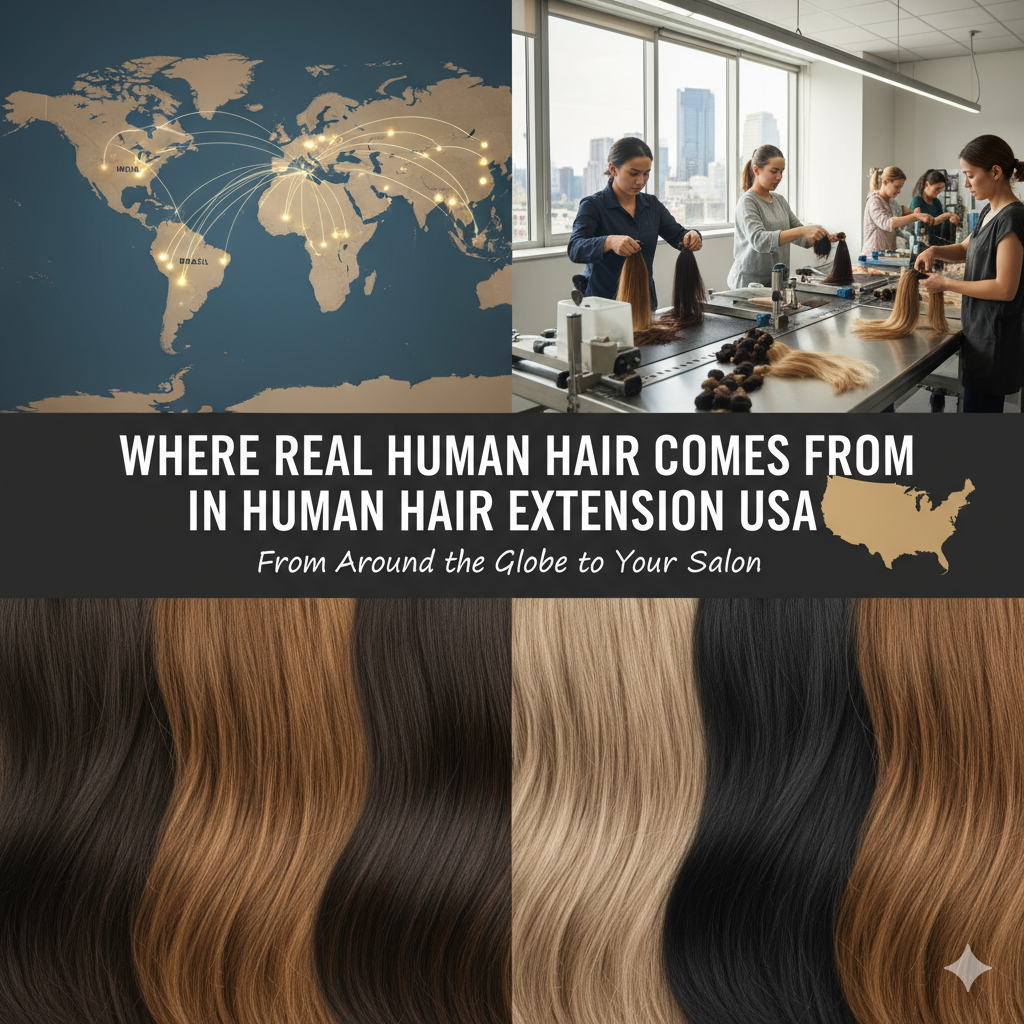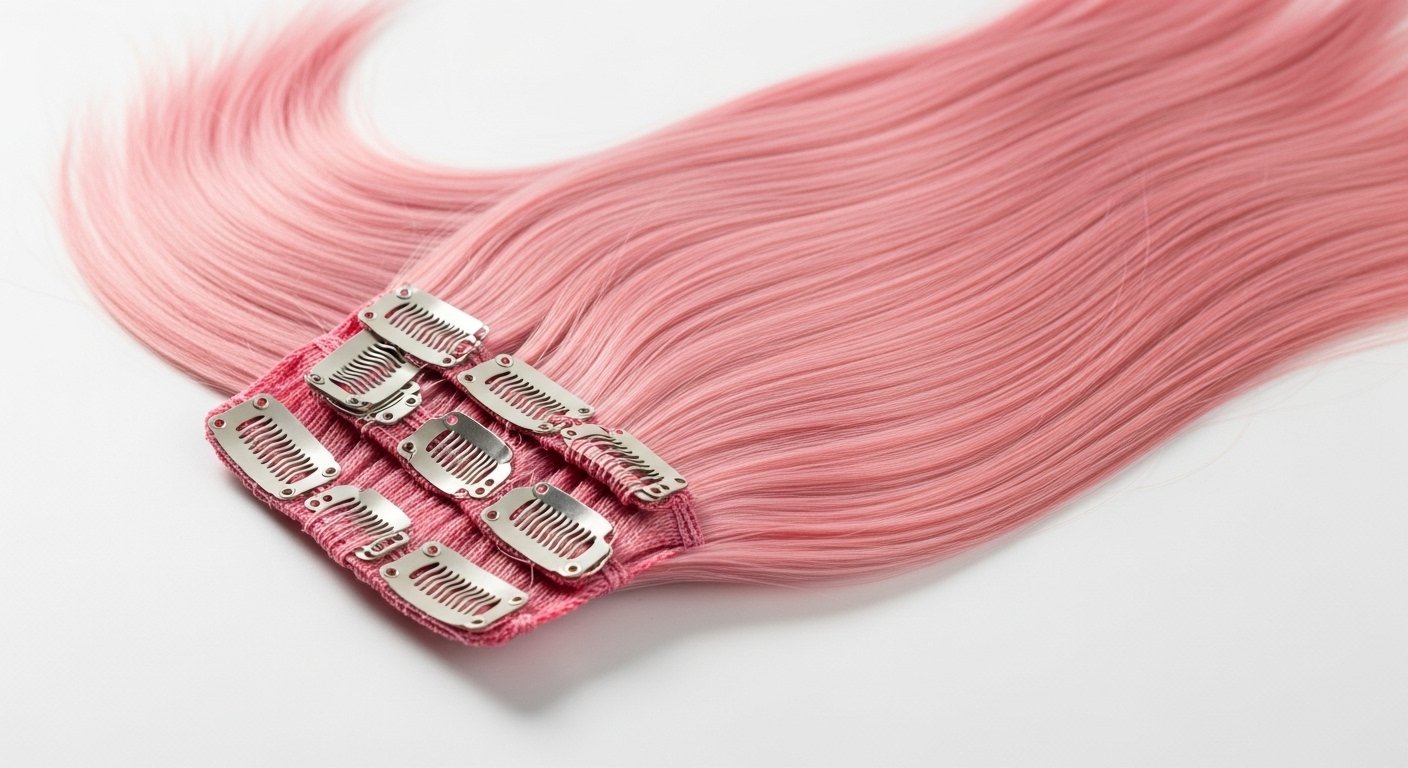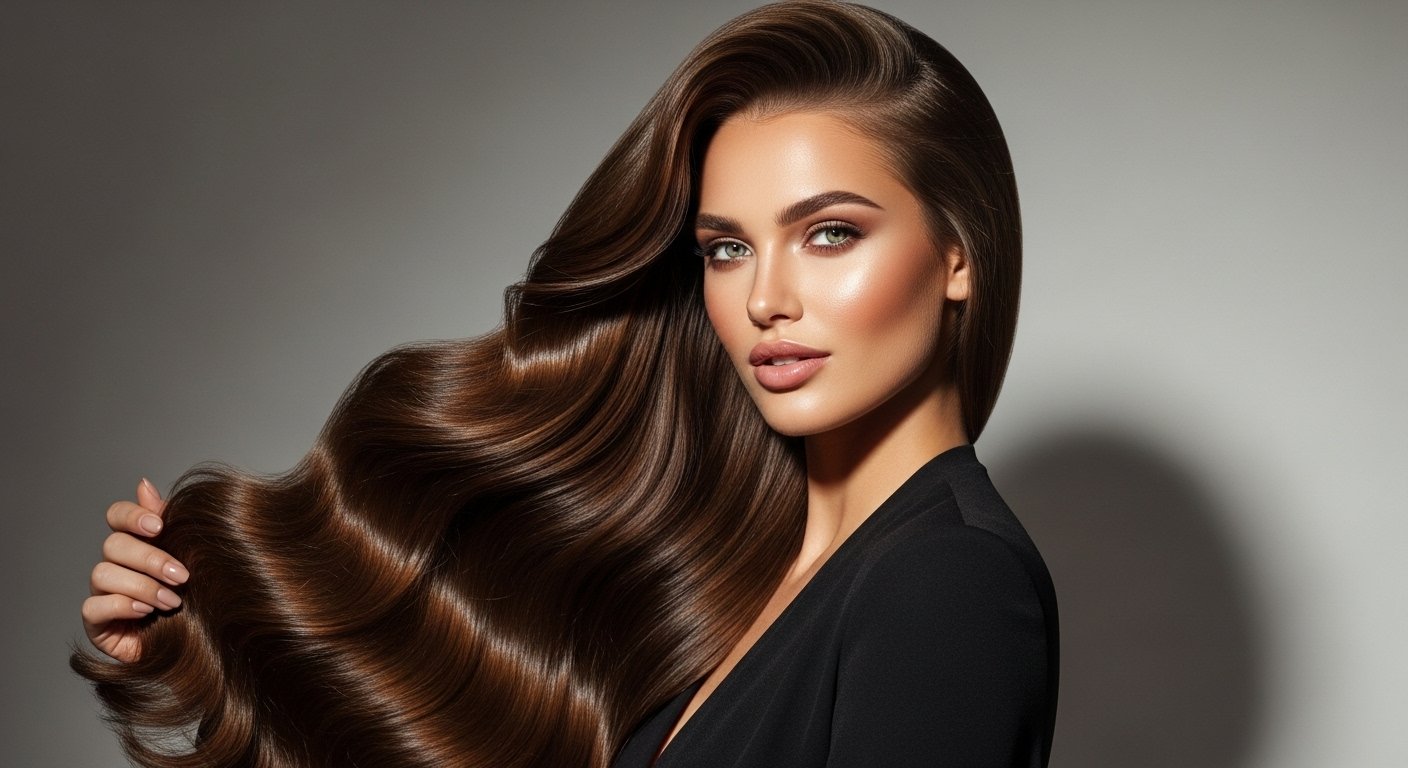Coloring Hair Extensions Tutorial: Dos and Don’ts
- Bilal Malik
- 03/05/2025
- Bilal Malik
- 10/29/2025
- Tehreem
- 10/02/2025
- Tehreem
- 10/02/2025
- Tehreem
- 10/02/2025
Hair extensions are a fantastic way to add length, volume, and dimension to your hair, but sometimes, they need a little extra customization to match your unique shade. Coloring hair extensions can be tricky because they don’t react to dye the same way as natural hair. If done incorrectly, you risk damaging the extensions or getting an uneven color.
This guide will walk you through the dos and don’ts of coloring human hair extensions, ensuring you achieve the perfect shade without compromising their quality.
Can You Dye Hair Extensions?
Yes, but only 100% human hair extensions can be dyed successfully. Synthetic extensions cannot be colored because they are made of plastic fibers that do not absorb hair dye. Always check the label before attempting any coloring.
Additionally, it’s important to note that most hair extensions have already been chemically processed, so they may not react to dye the same way as your natural hair.

Dos of Coloring Hair Extensions
1. Choose High-Quality Human Hair Extensions
The best results come from 100% Remy human hair extensions, as they have the cuticle intact, allowing for a more natural and even color application. Non-Remy hair may not absorb color properly, leading to patchy or faded results.
2. Use a Semi-Permanent or Demi-Permanent Dye
Permanent dyes contain strong chemicals like ammonia and peroxide, which can damage hair extensions and make them dry or brittle. Instead, opt for semi-permanent or demi-permanent dyes, which are gentler and provide a natural-looking color.
3. Perform a Strand Test First
Before applying dye to the entire set of extensions, test the color on a small section of hair to ensure it turns out as expected. This will help you avoid any unpleasant surprises.
4. Always Dye Extensions Before Installing Them
It’s much easier to evenly color hair extensions before they are attached to your natural hair. This ensures every strand is fully covered and prevents any unintentional staining on your own hair.
5. Use a Professional-Quality Hair Dye
Professional hair dyes, such as those from Wella, Redken, or L’Oréal Professional, provide better color payoff and are formulated to be less damaging to the hair compared to drugstore box dyes.
6. Apply the Dye Evenly with a Brush
Use a coloring brush to ensure even application. Avoid using your hands, as this can lead to uneven coverage, especially in thick extensions.
7. Work in Small Sections
Divide the extensions into thin sections to ensure every strand is coated evenly. Thick chunks of hair may not absorb the dye properly, leading to a streaky result.
8. Use a Sulfate-Free Shampoo After Coloring
After rinsing out the dye, wash your extensions with a sulfate-free, color-safe shampoo to help maintain the vibrancy of the color and prevent fading.
9. Deep Condition After Dyeing
Hair extensions do not receive natural oils from the scalp, so they can become dry after coloring. Use a deep conditioner or hair mask to restore moisture and keep them soft and silky.
10. Store Dyed Extensions Properly
After drying, store your colored extensions in a silk or satin bag to prevent tangling and maintain their smoothness.
Don’ts of Coloring Hair Extensions
1. Don’t Lighten or Bleach Hair Extensions
Most human hair extensions have already been dyed during manufacturing, and attempting to bleach or lighten them can cause extreme dryness, breakage, and an uneven tone. Instead, purchase lighter-colored extensions and dye them darker if needed.
2. Don’t Use Box Dye
Drugstore box dyes are formulated with strong chemicals to work on virgin hair. However, extensions have already been processed, and using box dye can lead to damage, dryness, and unexpected color results.
3. Don’t Soak Extensions in Dye for Too Long
Unlike natural hair, extensions do not have an active cuticle layer, so they absorb color quickly. Leaving the dye on for too long can result in an overly dark or unnatural-looking shade.
4. Don’t Apply Heat Right After Dyeing
After coloring, avoid using heat-styling tools like flat irons or curling wands for at least 24 hours. The hair needs time to absorb moisture and recover from the chemical process.
5. Don’t Forget to Rinse Thoroughly
If any excess dye remains on the hair, it can transfer onto clothing, pillows, or natural hair. Rinse the extensions until the water runs clear to prevent unwanted staining.
6. Don’t Use Hot Water for Rinsing
Hot water can strip the color and make extensions frizzy. Always use cool or lukewarm water to maintain shine and color vibrancy.
7. Don’t Overwash Colored Extensions
Washing too often can fade the color quickly. Instead, wash only when necessary and use dry shampoo between washes to keep the hair fresh.
8. Don’t Forget to Use a Heat Protectant
If you must use heat styling tools, always apply a heat protectant spray to minimize damage and maintain softness.
9. Don’t Expect a Perfect Color Match Immediately
Since extensions react differently to dye, the first attempt may not always give you a perfect color match. Be patient and adjust the formula if needed.
10. Don’t Skip Regular Maintenance
Dyed extensions require extra care. Use a color-depositing conditioner to refresh the shade and prevent fading over time.
Best Hair Dye Colors for Extensions
If you’re unsure which shades work best, here are some common choices:



For best results, always go one or two shades darker, as hair extensions absorb color faster than natural hair.
Final Thoughts
Coloring human hair extensions can be a fun and rewarding process, but it requires care and attention to maintain their health and beauty. By following these dos and don’ts, you can achieve a flawless, natural-looking color that blends seamlessly with your own hair.
If you’re unsure about dyeing extensions yourself, consider taking them to a professional colorist who specializes in extension coloring. This ensures the best results while keeping the hair soft and healthy.
With the right approach, custom-colored extensions can enhance your look and give you the perfect shade you’ve always wanted!





